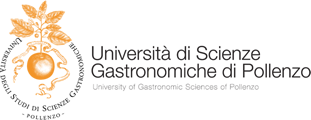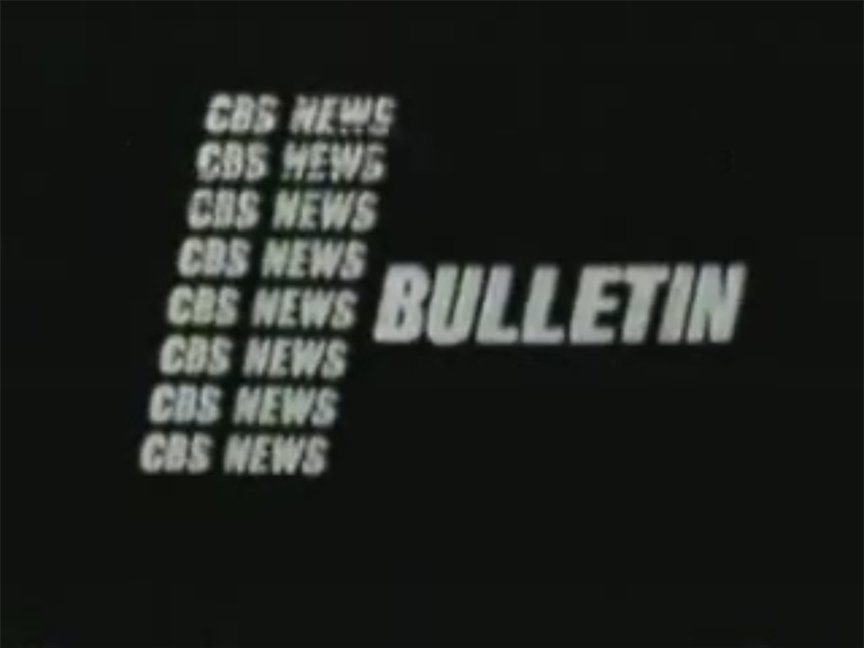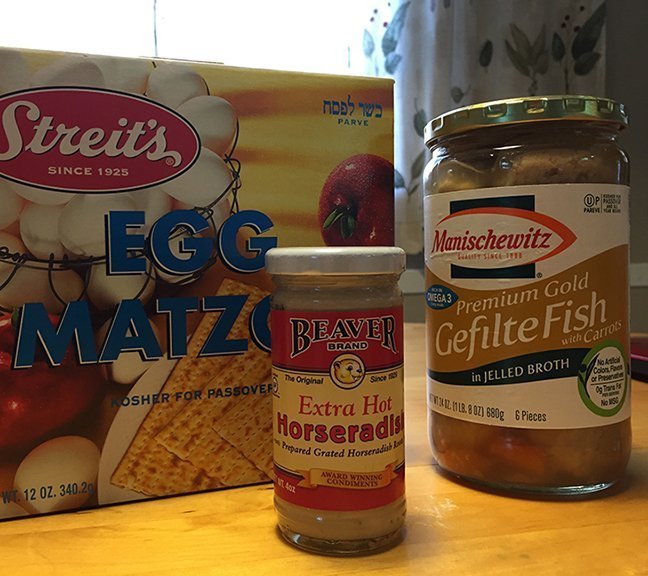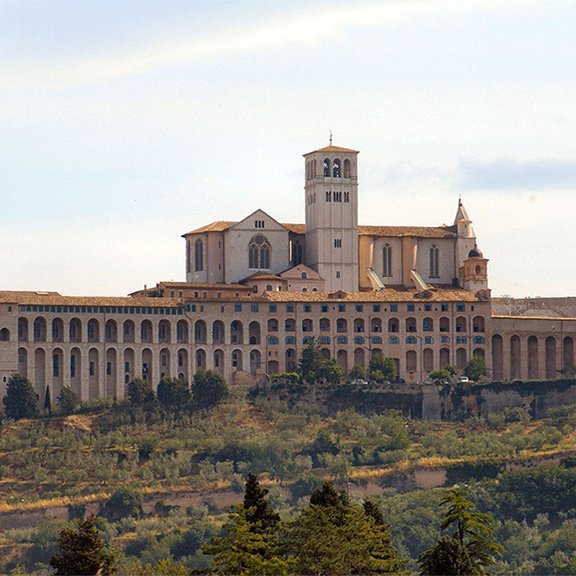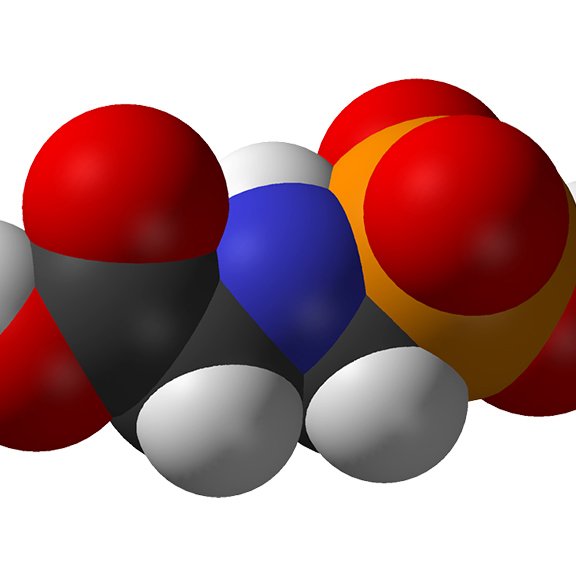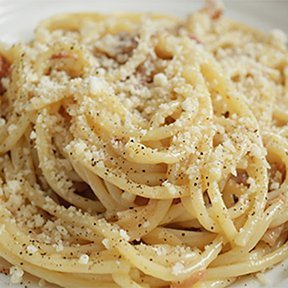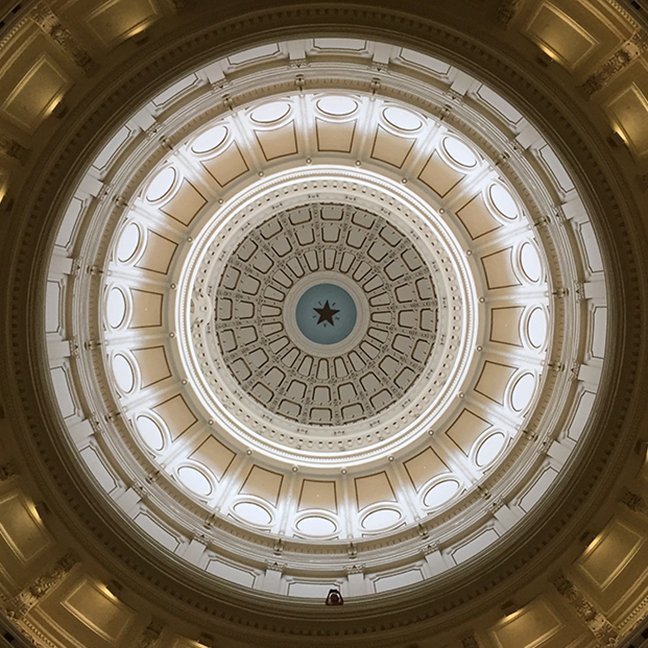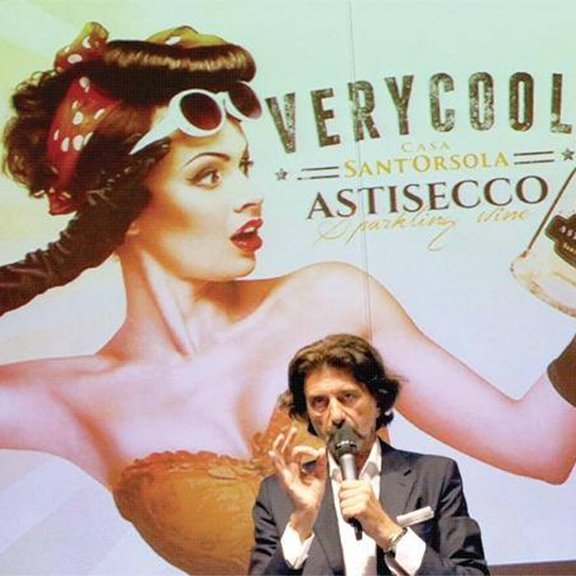The other night, in an effort to avoid watching the depressing news coming out of Washington, D.C., my wife and I stumbled upon the 1997 action-thriller movie, “Air Force One” with Harrison Ford and Glenn Close. At a certain point in the story, news of the president’s planing being highjacked is “broken” by CNN. A mock CNN broadcaster (an actor) appears on the screen and a banner runs across the bottom of the frame: “Breaking News Bulletin,” it reads.
We couldn’t help but laugh. Back in 1997, a “breaking news bulletin” was something that happened every once in a while — once in a blue moon, as the adage goes.
Today, you can’t log on to the New York Times app or turn on CNN or FOX News without there being a breaking news story seemingly every hour. The news saturation is unavoidable.
In a lot of ways, social media has created an analogous situation for the wine world. In another era, you waited to get your issue of Wine Spectator or Wine Advocate in the mail once a month. And you sat down to read it at your leisure. Today, you log on to Twitter or Facebook and there is a constant stream of information about wine (at least for those of us who belong to the wine community, real and virtual).
And with this overload of information, we have also seen the rise of questionable information. I wouldn’t call it fake news, per se. But there is a lot of “farmed” content, for example. And a lot of misinformation gets posted.
There are also a lot of wine-focused social media users who are trying to draw attention to themselves and their “brands” by posting “breaking news” and scandalous news. These users can range from the venerable like WineBusiness.com to misguided “citizen bloggers.”
Fake news is nothing new when it comes to food and luxury food products. Just think of how the tobacco industry spread fake news in its attempt to cover up the health hazards of smoking. Or how the powdered milk and baby formula industry tried to down play the benefits of breastfeeding.
The stakes were much higher than anything comparable in the wine industry. But there have been some egregious examples of disinformation and misinformation in the wine trade in recent years. The Brunello controversy in 2008 was an instance of this. Some of the winemakers who had adulterated their wines lied about their involvement in what turned out to be widespread counterfeiting in the appellation.
Some might point out that nobody is harmed when a winery spreads misinformation. In fact, misinformation in the wine trade has employed by certain parties to damage or impede their competitors. I’ve personally witness an instance of this where a social media user working for a big distributor has attempted to damage the reputations of smaller distributors he sees as his competitors. The stakes may not be life or death. But there is a lot of money in play in the wine industry.
I’ve also seen a lot of erroneous labeling of wines. Self-proclaimed “natural” wines. False boasts of quality. Feigned endorsements by celebrity sommeliers and restaurateurs.
As we move forward in our examination of good and bad evil in wine writing, fake news is something that we will increasingly have to consider.
Image via Wikipedia Creative Commons.
